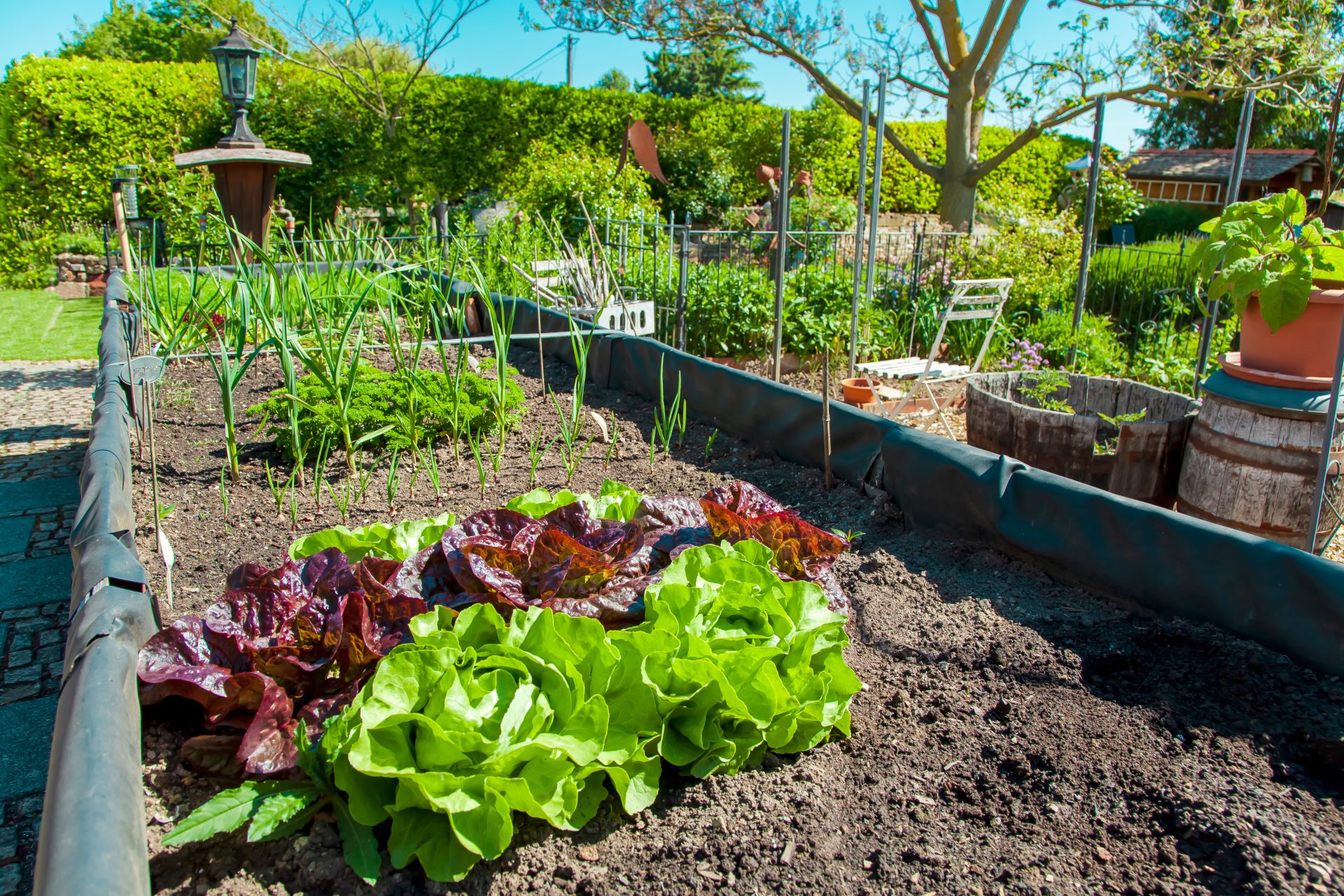

By Karen Cohen
This is my first year growing gladiolus. I bought the bulbs with the understanding that I would “lift” them out of the garden soil before the frost hit early winter. That may prove more work than I want to put in, but this tall spiky and colorful plant produces a multitude of blooms per stalk, about 6-8 flowers which make lovely cut flower arrangements. Drama is what gladiolus offers.
Known as a “sword” lily,” these flowering plants are part of the iris family and have about 180 species of corm bearing plants. They grow wild in Africa, the Mediterranean and the Arab countries, all warm climates. Gladiolus symbolize moral integrity and sincerity so you will find them on display at funerals. They keep well as cut flowers and give height to any floral bouquet.
I made my agreement to myself to remove them from my garden in the winter months because I live in zone 5-6. Last year, our temps dove below freezing and hit sub zero numbers. Brrrrrr… my butterfly bush, fig tree, and rosemary plant froze. This year, I have vowed to cover my in-ground fig tree and butterfly bush with even more straw and burlap than last year, and to carry my rosemary potted plant to the root cellar and place inside a cardboard box for safe storage till spring hits. Wish me luck!
Gardeners who live in zones 8-10 can keep their glad bulbs in the garden all year round. Covering them up with some straw mulch or chopped leaves as a blanket in the colder months is still a good idea.
Before my gladiolus bloom and eventually fall over, I will stake them. Using garden twine, I gently tie each stalk to a stake placed deep in the ground. Glads love full sun and lots of water, don’t let them go dry. Once the blooms are finished, allow them to stay in the garden soil until an early frost is predicted.
Then the next step is to cut the greenery off leaving about 3 inches sticking out from the bulb that you lift carefully out of the soil, and place them in a cardboard egg carton. That’s the perfect size storage for each little bulb to sleep away the winter months. The following spring, I will sprout them early by placing them either under a grow light or on a sunny, south facing window and spray each one with a bit of water to initiate growth. When all danger of frost is gone, I can place them in pots outside or directly in the soil with markers for identification. A little marker goes a long way. Relying on memory with dozens of various plants going into the garden each season is usually a complete waste of time in my experience.
Right now, I am growing my gladiolus in pots as well as in dedicated garden spots. The pots will allow me to lift out the corms and store them safely from frost. Or I can take the whole pot and mulch it heavily in straw bales and keep it dry, stored in a root cellar or basement.
So here’s my sad news. Last week, I was thrilled to see the first blooms, coral in color, shooting out from the green stalks. I wondered out loud if any four-legged friends would be as excited as I, though with a different reason. Would the flowers be eaten? Need I say anything more? Not only my first blooms were nipped right at the buds but also the nearby flowering rose of Sharon “roses” on lower branches were nibbled away. Some branches were even broken off. So deer, once again, had made their nightly visit munching along up and down my driveway in the dark. Shame on them!
Last night we heard some rustle outside the bedroom window around 11pm. My husband got the flashlight and lit the outside bushes with it from the 2nd story. Lo and behold we saw about eight eyeballs, lit up red, staring right back at us. They were sleeping in our driveway. The nerve! We clapped our hands loudly and they ran off. But for how long?
Hummingbirds love to flit in and out of the trumpet shaped flowers to gather nectar. Dogs and cats, however, find gladiolus bulbs toxic, just like morning glories, and if they eat any part of the plant, they may vomit and display symptoms of lethargy. Keep the stored corms away from critters who might want a sample or two. Contact your vet right away if you suspect a pet has eaten your bulbs. I wonder if the deer have the same reaction?
Insect problems come from thrips, tiny insects who hide in the leaves and will overwhelm your gladiolus, irises, and freesias. Make sure your plants are getting plenty of sun and cut back any foliage shading them, and the bugs may disappear. If you see more thrips, spraying them and the leaves briskly with the garden hose can wash them off and drown them. Make a simple spray solution from 4 tablespoons of liquid dish detergent with clean water, shake, and spray directly on the leaves. This spray can be used for roses, orchids, tomatoes and boxwood, too.
Gardening is a constant experiment and an act of hope, and it seems nothing is 100% guaranteed. Go with the “flow” and garden with abandon and joy!
(Karen Cohen practices organic methods for growing plants, veggies, and flowers. Please send your comments, tips, and questions to natureswaykaren@gmail.com. And Happy Gardening!)


